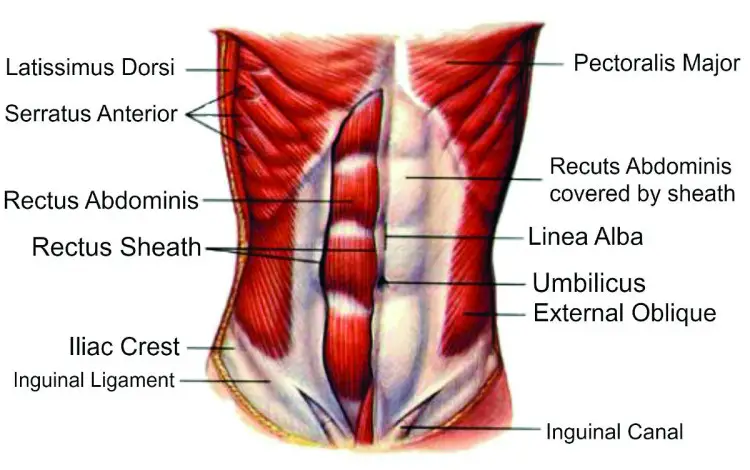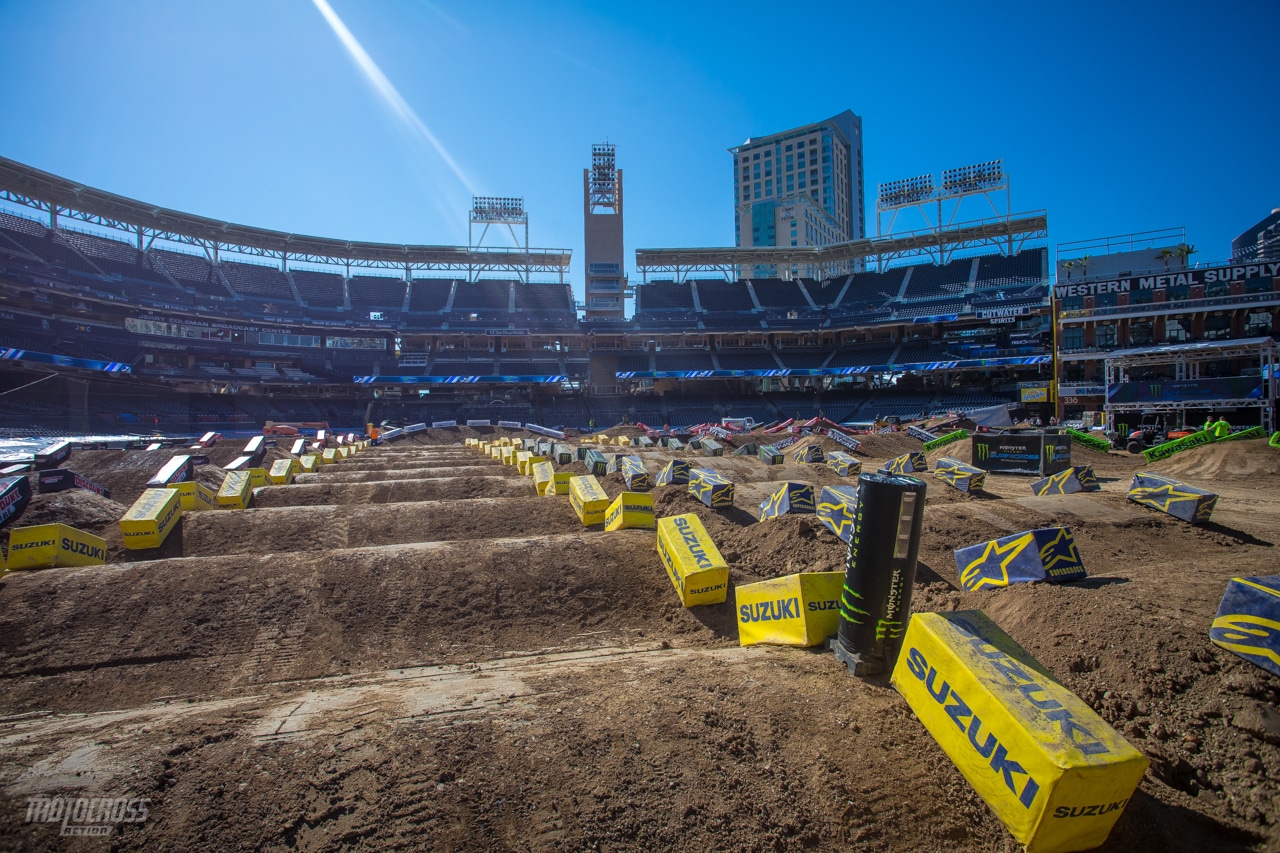TEN THINGS YOU NEED TO KNOW ABOUT YOUR CORE

(1) Most people think of their abdominal muscles when they think about strengthening their body’s core; however, your abs are only part of your core. Actually, your core is your entire body, minus your arms and legs. Your core is the bridge between your extremities. If your core is weak, the bridge will collapse, resulting in weak arms and legs too. If your core is strong, your body will work as an integrated unit and your whole body will be strong. Your core is the foundation of all your body’s movements, whether it is walking or riding. Bottom line: a weak core results in an unhealthy body.
(2) Your core supports your posture, balance, spinal column and agility and is important for general back health. The core aligns the spine, ribs and pelvis to help resist outside forces, whether hammering a whoop section or just sitting up in bed.
(3) Life isn’t as physically demanding as it was decades ago. Thanks to modern conveniences, life has become easier and people have become much more sedentary. We spend most of our lives in the car, at a desk or in front of the tube. Sitting is not exercise, and lack of exercise weakens the core.
(4) There are approximately 30 different muscles that make up the body’s core. All of them work as a unit, but there are a few that play vital roles in the core’s function. These muscles are the pelvic floor, diaphragm, longissimus thoracis, transversus abdominis, internal and external obliques, rectus abdominis and erector spinae.
(5) Since most of the core muscles are in the midsection of the body, people tend to focus their attention on that area. This might seem like common sense, but it is fuzzy logic. Popular exercises such as crunches and back extensions are isolation movements. These exercises only target a few of the nearly 30 muscles of the core. By focusing on these “open-chain exercises,” you are not only missing out on a major function of the core but also better strength gains, more efficient movement and greater longevity.
(6) Functional movements are represented by “closed-chain exercises.” These are movements where the limbs remain stationary while the body moves, such as dead lifts, squats and lunges. Learning to do these exercises properly is the best way to strengthen your core.
(7) When your core muscles are weak, your spine doesn’t have adequate support to maintain perfect posture. Your other muscles begin to compensate to help you stay erect, which can lead to slouching and a host of related muscle issues.
(8) Over 50 percent of people suffer from lower back pain. Why such a staggering number? Because people try to find the solution where the problem is. A majority of lower back pain either comes from a weak core or tight muscles. Target those areas and your back pain will lessen.
(9) When you ride a bike, your feet are planted on the pegs and your hands grip the handlebars. When you go through a set of whoops, the muscles between your hands and feet do all the work. That is your core. If you are building big biceps to improve your riding, you are barking up the wrong tree. Focus on your core. A strong core will improve your riding.
(10) The stronger your core muscles, the less likely you are to crash. Why? A strong core gives you a sturdy link between your legs and arms. If your bike gets sideways in the whoops, you can’t fix it by turning the bars. You have to move the bike, and that takes your whole body. Strengthening your core gives you the power to control 240 pounds of bucking bronco.







Comments are closed.